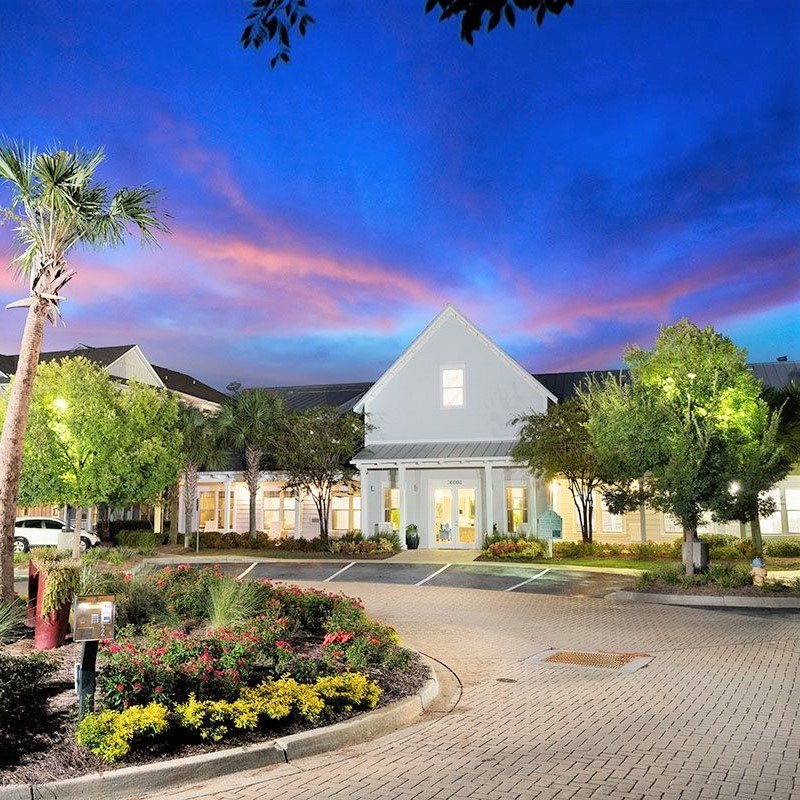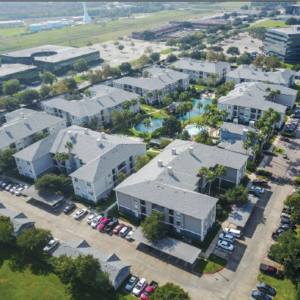Multifamily demand is still strong, but the delivery of units is taking longer. Rental growth is slowing as we begin the fourth quarter of 2019.
Below are key takeaways from the following reports:
National Multifamily Report (September 2019) – Yardi Matrix – Link
Strong Second Quarter for Freddie Mac’s Apartment Investment Market Index – Freddie Mac – Link
U.S. Multifamily Outlook (Summer 2019) – Yardi Matrix – Link
RealPage Reports Rising Occupancy and Rents in the U.S. Apartment Sector – RealPage – Link
Download the PDF version of this report here:
National Multifamily Report (September 2019)
Yardi Matrix
- Multifamily rent growth flattened in September, as the average U.S. multifamily rent declined by $1 to $1,471. Year-over-year rent growth fell 20 basis points but remains at a healthy 3.2%.
- S. rents rose 0.3% in the third quarter of 2019, and rents have grown 2.9% through the first three quarters of 2019. That represents a slight slowdown from the same periods over the last few years, but the performance is very respectable compared to long-term historical trends.
- As the calendar turns to fall, T-3 rent growth has turned negative in a few markets. It will likely impact additional markets through the remainder of 2019.
Strong Second Quarter for Freddie Mac’s Apartment Investment Market Index
Freddie Mac
- Net operating incomes experienced healthy growth nationally in all markets.
- New York and Houston were slower growers at 1.7% each.
U.S. Multifamily Outlook (Summer 2019)
Yardi Matrix
- At mid-year 2019, rent growth has stabilized at just over 3%, and a 2.6% increase for the full year is expected—the seventh straight year above the 2.5% long-term average
- Rent growth is led by metros in the Southwest and South with fast-growing economies and relatively affordable housing, but strong gains are being recorded in most metros across the country
- The healthy economy and employment market are creating demand for apartments
- Although growth remains steady, economic factors such as trade tensions, slowing global growth and an inverted Treasury yield curve may be starting to outweigh healthy employment, steady energy prices and continued growth of the technology industry
RealPage Reports Rising Occupancy and Rents in the U.S. Apartment Sector
RealPage
- 3rd quarter 2019 occupancy rate of 96.3% was just shy of the all-time high of 96.4% recorded in late 2000
- Nationally, rents continue to rise at an average annual pace of 3%
- Rent growth pace is accelerating in some Southeast markets but cooling in many major markets in California and Florida
- The Phoenix and Las Vegas metros lead the nation in annual rent growth as of 3Q 2019 with 8.2% and 7.5% growth respectively




